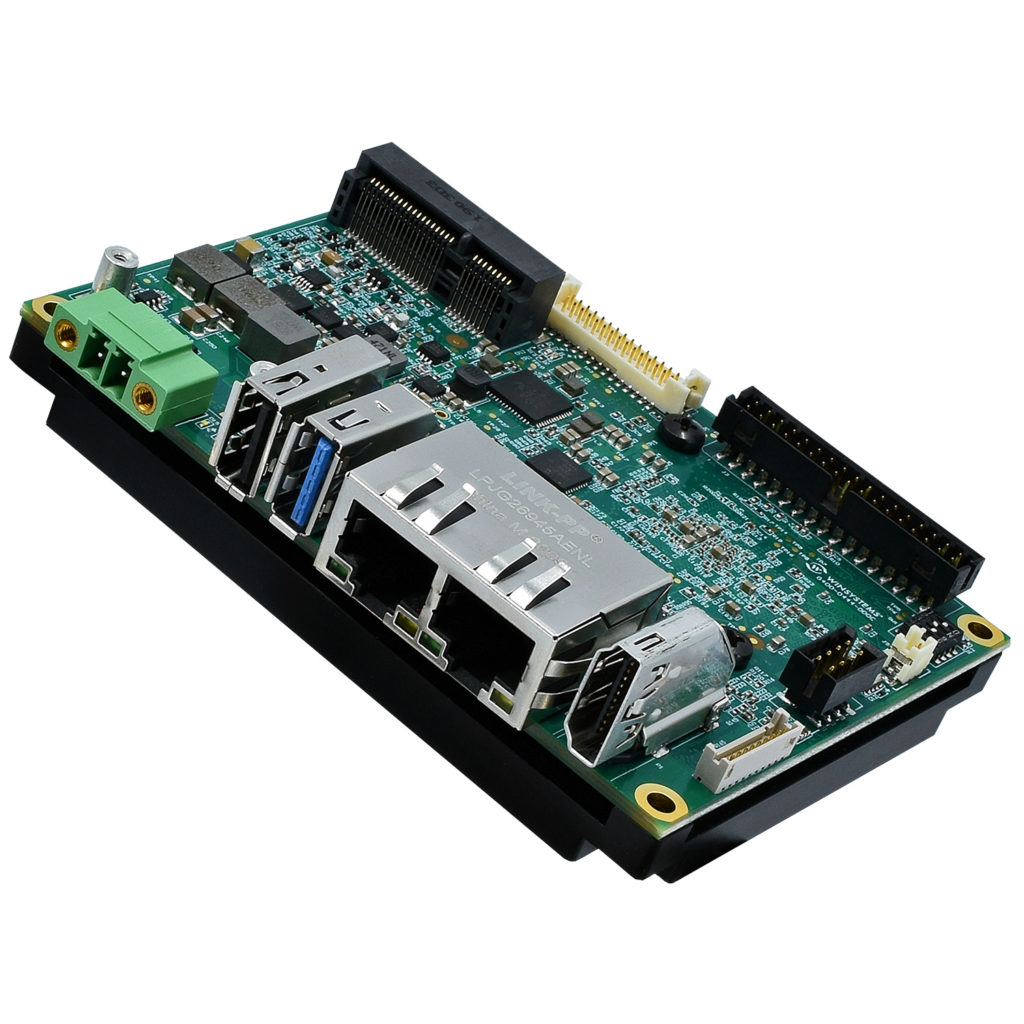
Can you believe that we are more than six months into the COVID-19 pandemic? Many “experts” thought it would be over by now. Unfortunately, no one seems to know for sure what the future holds, and that’s particularly true for trade shows and conferences in the embedded and IoT spaces. We also don’t know what the long-term impact will be with respect to these face-to-face events.
Like many technology companies, WINSYSTEMS often schedules new product releases around these tradeshows, in the hopes of demonstrating the products in front of customers and potential customers. One great example of such an event is the Embedded World exposition, held annually in late February in Nuremburg, Germany. Embedded World brings together tens of thousands of embedded developers, system designers, OEMs, and others, looking for products, technologies, and solutions.
We struggled with the decision whether to attend this year’s Embedded World, as the COVID-19 virus was just starting to have a global impact. In the end, we decided that attending was the right thing to do. At the show, we introduced our ITX-P-C444 Pico-ITX SBC platform, and also showed an artificial intelligence (AI) demo. The product was held in such high regard that it received a Best in Show award from Embedded Computing Design.
What made our demo particularly interesting was that it so closely paralleled a real-world application. The demo was set up to detect people and their locations. Thanks to the virus, that action has now been termed “social distancing.” You could easily see how some sort of alarm could be triggered if people come within 6 ft. of each other, the pre-defined safe distance set forth by the CDC.
The demo platform was running Yocto and Qt for Device Creation on a single-board computer (SBC) built with an NXP i.MX8M CPU and a Google TPU to offload some of the image processing functions. It connected to a USB3-based camera that continuously scanned the aisle where our booth was located. It showed off the AI capabilities of the i.MX8M, with some additional processing handled through the SBC’s Mini-PCIe slot.
A few months after that demo appeared, we had clients looking for a similar AI edge application. An upgrade to the Yocto build was needed, as NXP recently released an updated Linux kernel and source code tree for the i.MX8M to further enhance the AI processing. WINSYSTEMS was able to move quickly to support these enhancements to maintain support for this complex application.

We find applications like AI at the Edge fascinating, as the same hardware that supports such leading-edge applications is also used to connect to legacy interfaces and sensors. The ITX-P-C444 that debuted at Embedded World has the ability to drive complex applications like AI and machine learning, yet has all the I/O need to connect to legacy serial ports and sensors to gather data.
The board’s i.MX8M applications processor has the performance to handle video processing, and the I/O feature set includes dual Ethernet, USB 3.1 and 2.0, serial ports, and general-purpose I/O. A second MCU, based on an Arm M4 core, handles the housekeeping functions. The ITX-P-C444’s board support package (BSP) documentation includes how to build a Yocto-based Linux image with the Opkg Package Manager, and how to update the UBOOT environment variables.
Applications for the ITX-P-C444 run the gamut, and include industrial IoT, digital signage, industrial automation, energy, and building automation, and operates without a hitch in harsh environments. Emerging AI applications are also a target, such as health screening, security, and law enforcement. And it’s no surprise that recent events are and will continue to accelerate the development and adoption or related applications.
